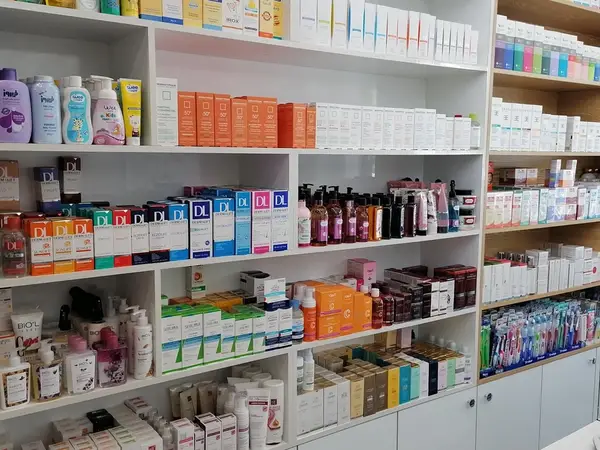Shortages have hit Iran’s pharmaceutical industry which heavily relies on the cash-strapped government for hard currency to import raw materials.
The shortage of imported ingredients has disrupted production of medicines, pharmaceutical companies say and according to local media, around 200 different types of common medicines and drugs used by hospitals are scarce or unavailable now.
The situation was predictable and all government bodies including the ministry of health were aware that a shortage of medicine was to occur in the third and fourth months of the Iranian year which started March 21, Mohammad Abdzadeh, chairman of pharmaceutical companies’ union told the semi-official Mehr news agency Sunday.
Abdzadeh explained that it takes around four months from the time that the government provides the hard currency required for importing ingredients until the time the medicine become available in the market.
Donya-ye Eghtesad economic daily Monday quoted Hosseinali Shariari, chairman of the parliament’s health committee, as saying that he has written a letter regarding the shortage to Supreme Leader Ali Khamenei and “good news is being heard” about it.
Shahriari said there was a scarcity of around 180 different medicines, including those required for thalassemia patients and coagulation factor VII used to treat and prevent bleeding episodes in patients with Hemophilia A and B and that “and the list is getting longer.”
The media blame the government and the central bank for the shortage and its adverse effect on public health.
The government, which has been short of foreign currencies mainly due to US oil sanctions, has been exporting a lot more oil in recent months, nearly six times more than in 2019, at around 1.5 million barrels per day. However, Iran’s currency rial is near its all-time low and inflation remains high at more than 60 percent.
“How is that now after selling 1.6m barrels of oil per day, the government is unable to procure medicine like the previous government if it was so capable that it could import so much [Covid] vaccines when it came to office [in August 2021],” reformist Ham-Mihan newspaper asked Sunday, while pointing out that medicine is not included in the list of sanctions.
Many Iranians also wonder how the government is facing such a financial crisis if it is exporting around 700,000 more barrels of oil per day than in 2021.
“The psychological outcome of this situation is rising tension between people and the healthcare system, discontent with the government while its actual result is a decline in people’s life expectancy, particularly when [shortage of medicine] is coupled with food poverty which will definitely cause a drop in life expectancy,” the newspaper wrote.
Spokesman of Iran's customs said in November that the country had imported $2.8b of medicine and pharmaceutical ingredients in seven months.
While claiming that the country is producing 99 percent of its medicine requirements, the head of Iran's food and drug administration, Heydar Mohammadi had warned in February that the 690,000 billion rial budget (around $1.4 billion) allocated by the government for pharmaceuticals would only suffice for three months. According to Mohammadi, around 70 percent of ingredients for production of medicine must be imported.
Claiming Sunday in an interview with the parliament’s news agency, that currently the situation is more “stable” compared to nine months ago, Mohammadi admitted that the slightest delay in providing hard currency could cause problems for the industry.
Officials including Mohammadi have also admitted that delay in payments by government agencies such as the welfare organization and insurance companies is also causing shortage of liquidity to pharmaceutical companies and affecting production.
In January an official of Iran’s drug importers union, Mojtaba Bourbour, challenged government officials’ claims about self-sufficiency in production of medicine and said not only up to 90 percent of raw material is imported from countries such as China and India, but also some medicines are imported from China but sold under Iranian labels.
